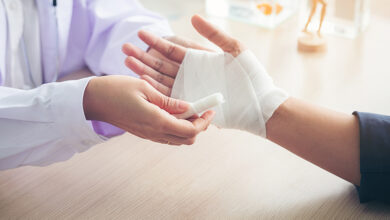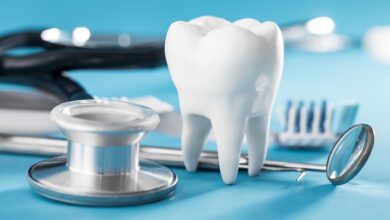5 Tips For Disposing Of Diaper Pads Responsibly
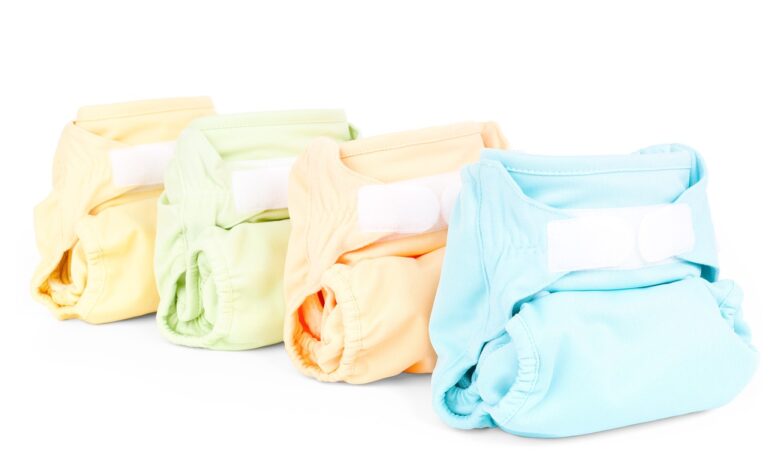
Modern society is affected by waste management, which is a major worldwide problem. Proper disposal of adult diaper pads is an issue that is neglected compared to recycling and reducing single-use plastic, which has dominated the market. Millions of people rely on them for incontinence, yet there are serious environmental and health risks associated with their disposal.
If an adult experiences incontinence, an excellent remedy is using an adult diaper or an aged incontinence product. Restoring self-esteem, quality of life, and safety is made easier with the combination of a tailored fit, excellent absorbency, and a pleasant, non-bulky material.
However, for the sake of public health and the environment, a few simple regulations must be followed when disposing of them correctly.
It is common practice to discard old adult diaper pads in the trash, putting sanitation personnel in danger of exposure to harmful material. The risk of groundwater contamination from germs in human waste poses a problem for landfills.
Some viruses can live for months outside of the body, and more than 100 viruses have been found in human excrement.
Some things to keep in mind when getting rid of adult diaper pads are:
1. Secure by Wrapping
After changing an adult diaper, the very first thing you must do is carefully roll or fold the diaper to contain its contents. Taking this step is essential for preventing dirt and grime buildup and controlling unpleasant smells. The next step is to apply tape or sticky tabs to seal the old diaper. The diaper pads stay compact and take up less room in your rubbish bag thanks to this sealing action, which also confines any bad odors.
2. Use Bags That Decompose Naturally
When you’re done using an adult diaper, ensure it’s well-sealed. Then, before you throw it away, put it in a biodegradable bag. The biodegradable bag outperforms the regular plastic bag in terms of how quickly it breaks down in landfills. Making this deliberate decision greatly reduces the environmental impact of diaper waste disposal. When you need to dispose of trash, look for bags that specifically say compostable or biodegradable.
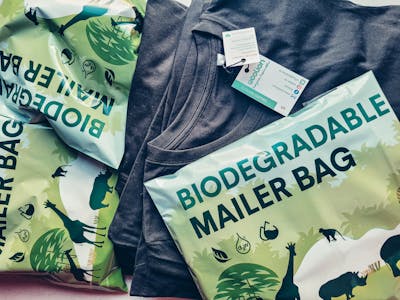
3. Composting
Asking whether they take compostable adult diaper pads is a good idea if you live near a composting site that accepts organic trash. These diaper pads are designed to break down faster in composting environments, reducing their environmental effect and making them more biodegradable. The easiest way to get exact information on how to dispose of compostable diaper pads is to call the composting facility.
4. Choose Sustainable Diaper Brands
Brands that demonstrate a strong dedication to sustainability should be given preference when choosing adult diaper pads. You could look for companies like Wellness Briefs that make incontinence goods with multi-functional technology that cut down on consumption and the number of products that wind up in landfills—a more than 70% reduction. These items are better for the environment and your skin, so you can relax and feel good about yourself.
5. Refrain From Flushing
The inability to dissolve in water makes adult diaper pads intrinsically unfit for flushing, in contrast to toilet paper. Putting adult diaper pads down the toilet can clog pipes and harm wastewater treatment facilities. Repairing such faults can have costly and environmentally harmful consequences. Thus, remember to always put old adult diaper pads in the trash according to the instructions above.
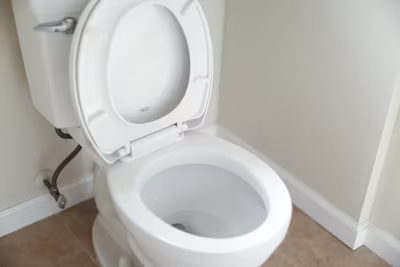
The Consequences of Poor Waste Management on the Environment
The disposal of used adult diaper pads is becoming an increasingly pressing environmental issue due to their increasing usage. Listed below are a few ways that incorrect disposal affects the natural world.
1. Diaper Swamps in Landfills
The sheer number of adult diaper pads that end up in landfills is astounding, and those diaper pads can stay there for decades. More than twenty billion single-use diaper pads end up in American landfills every year. This makes landfills even more overcrowded and adds to the pollution of soil and groundwater.
2. Greenhouse Gas Emissions
Greenhouse gas emissions are a result of the high energy and resource consumption associated with the manufacture, transportation, and disposal of adult diaper pads. Particularly, compared to reusable cloth diaper pads, disposable diaper pads leave a larger carbon footprint. A major worldwide problem, climate change, is exacerbated by this carbon footprint.
3. Pollution in the Ocean
Stormwater runoff poses harm to aquatic life when it carries improperly discarded adult diaper pads into rivers and oceans. These diaper pads’ plastic parts have the potential to break down into microplastics, which are harmful to marine life. All the more reason to dispose of adult diaper pads responsibly, given these adverse effects on the environment.
4. Pollution from Leachate
Leachate, a byproduct of disposable diaper decomposition, can introduce toxic chemicals and pollutants into nearby soil and groundwater. Human and environmental health are also jeopardized when this leachate contaminates nearby water supplies and ecosystems.
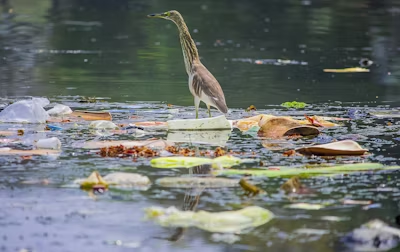
In the end!
If we care about the environment and our health, we must dispose of diaper pads in an eco-friendly manner. The following suggestions will help you decrease waste and contribute to a cleaner environment: use biodegradable bags, choose eco-friendly pads, put trash in the appropriate bins, wash your hands well after handling, and look into reusable products.
Both public health and sustainability are bolstered by responsible disposal techniques. Making these changes can have a significant impact, preserving the earth for centuries to come and making your house and neighborhood cleaner and safer for everyone.
